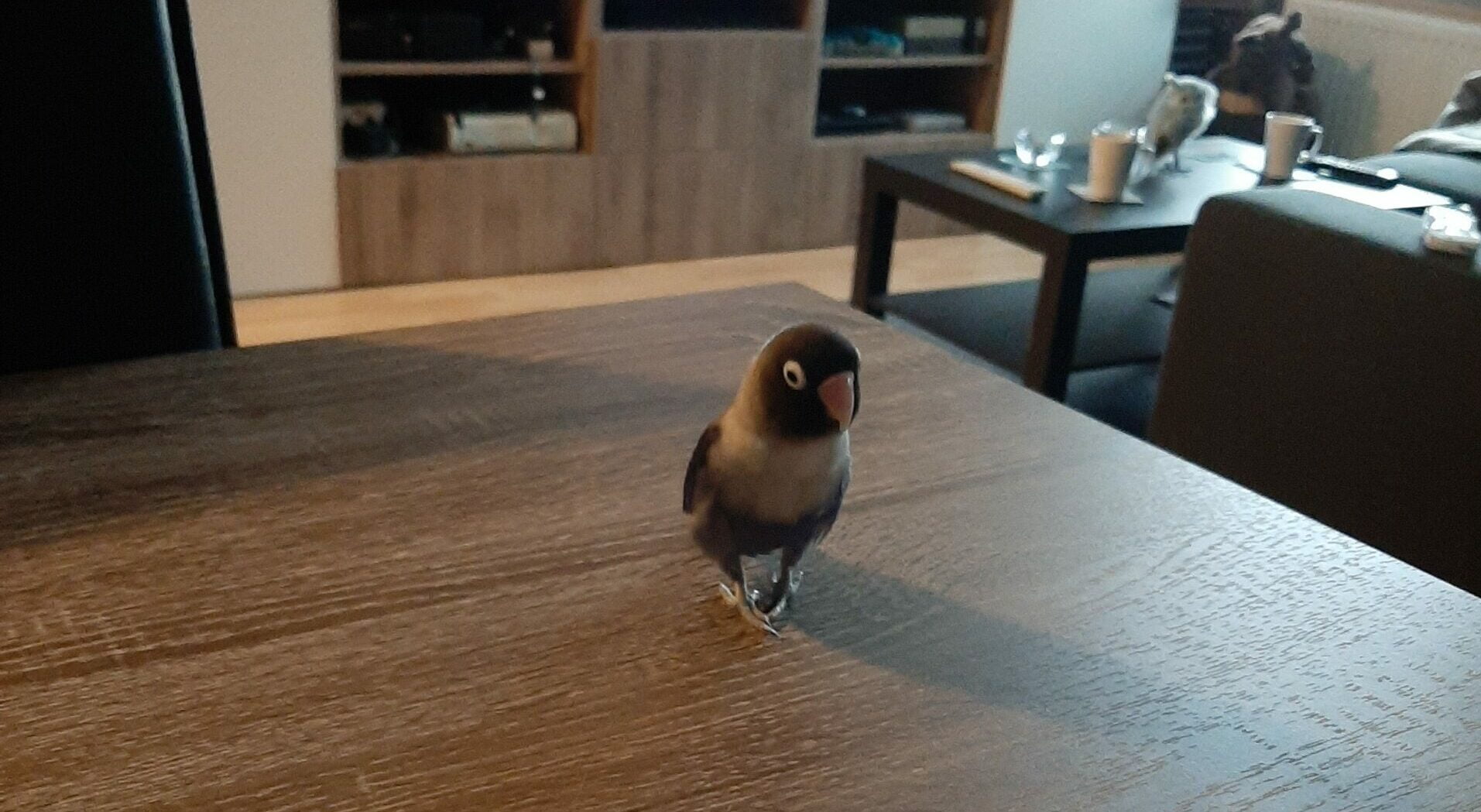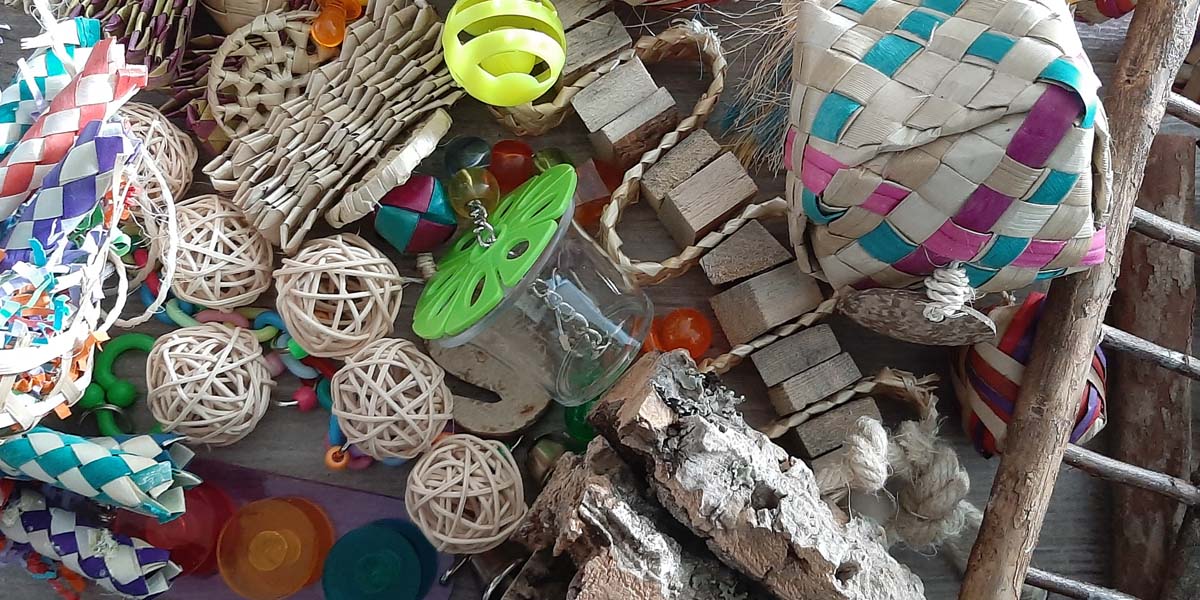9 ways to get your lovebird to eat vegetables
Switching the diet of your lovebird is not an easy ordeal, especially not when it is a seed junky that looks insulted when you give it anything else but seeds. Birds bought in pet stores are often kept on a seed diet.
Birds can become unhealthy when fed a diet composed mostly of seeds and it is important that they have balanced diet.
In this blog post I will suggest 9 ways to help improve the diet of your lovebird, so they can live happier, healthier lives.
Don’t expect miracles, give it time
Before I begin, I need to stress the fact that none of these are guaranteed to help especially not in a short amount of time. Switching your lovebird to a healthier diet can take months.
Don’t be discouraged when you bird doesn’t want anything to do with the healthy food you are offering, instead keep on changing the food to see what works.
My personal experience with switching Apache to a healthy diet
Apache was only used to eating seeds and cuttlebone. I tried many of the tricks below and while they didn’t always work for me, they might work for you. Just give them a try and don’t give up. This way your lovebird slowly gets used to a healthier diet.
1 - Good vegetables to start with
The best vegetables to start with when trying to switch your bird’s diet, are peas and corn (both unprocessed!). They look a bit like seeds, just bigger and are sweeter in taste.
Another one is broccoli. Scrape the buds off and sprinkle them over your bird’s food. You could also give them a piece of broccoli and let them pick off the buds.
2 - Make a fruit and veggie bird kebob
You can make a kebob for your lovebird, mine was made from an old toy that my lovebird destroyed.
You want to look for a safe skewer to put the fruits and vegetables on. Cut a few pieces of safe fruits and veggies of your choice. Stick through the food and hang it in the cage.
Don’t leave this in the cage too long as it will spoil.
The result for me was an angry lovebird that felt her territory was invaded by healthy monsters. She went into full attack mode and I must admit, that it was funny to watch, though this could backfire as the lovebird could start having a negative association with the healthy food.
3 - Trick them into thinking it is your food
Prepare the fruits and vegetables you want to feed your bird then put them on a plate in a place where your bird sees you eat. Let your bird out of their cage and have them come close to the food. Eat some of the fruits and veggies and this will get your bird interested.
Just likes kids, birds like to eat what you have or what they are not supposed to. So pretend they are not allowed to eat it then ‘look away’ and they might steal it.
4 - Offer your food to you lovebird
Get yourself some tasty fruits and veggies (unprocessed!) to eat yourself. Offer the food you are eating to your bird. Birds copy their flock, in other words you, so if you eat a cucumber, so will your bird.
5 - Change up the size of the fruits and vegetables you offer
Lovebird, like humans, can have a preference on how big or small there food portions are. Try out what size interests your bird the most. Some examples:
- Finely chopped
- Big chunks
- Sliced
6 - Play with the food
Throw all table manners out the window and play with food in front of your pet, your bird might see it as a toy worth exploring. Playing with the food is one way for your bird to learn the tastes and textures of the food.
7 - Make it look like a toy
By making the fruit and veggies look like a toy your bird might be more willing to eat it. Romaine lettuce or red leaf lettuce could be a good one here if your bird likes shredding paper (which is most probably every lovebird.) Hang it somewhere high in the cage and your bird might start shredding it after a while.
8 - Offer it to them slowly over time
Instead of switching 100% to fruits and veggies, offer it to them slowly. Start with a few fruits and veggies and add the seeds your lovebird normally has. Mix it well (works best with finely chopped fruits and vegetables) and offer it to your bird. You could also add some of its favorite seeds on top. This way your bird starts foraging through the food in search for seeds, but could eat some the fruits and veggies in the process.
Over time slowly increase the amount of healthy fruits and veggies and decrease the amount of seeds.
9 - Try cooked vegetables
Pick out a few vegetables that can be easily cooked. When they are mushy and somewhat warm (not hot!) it looks more like regurgitated food. However don’t try this when your bird is hormonal.





